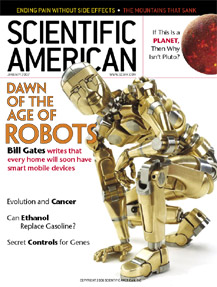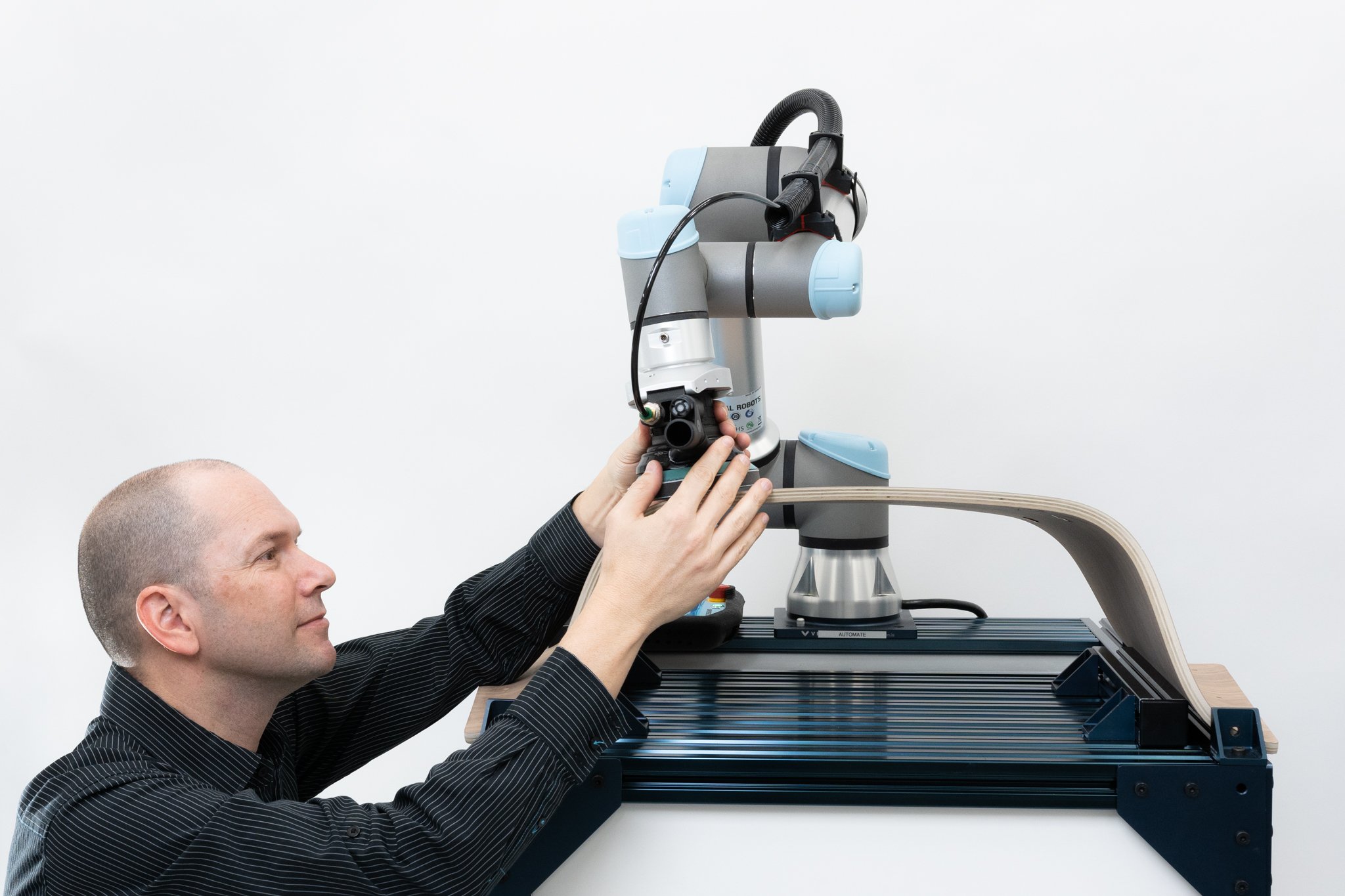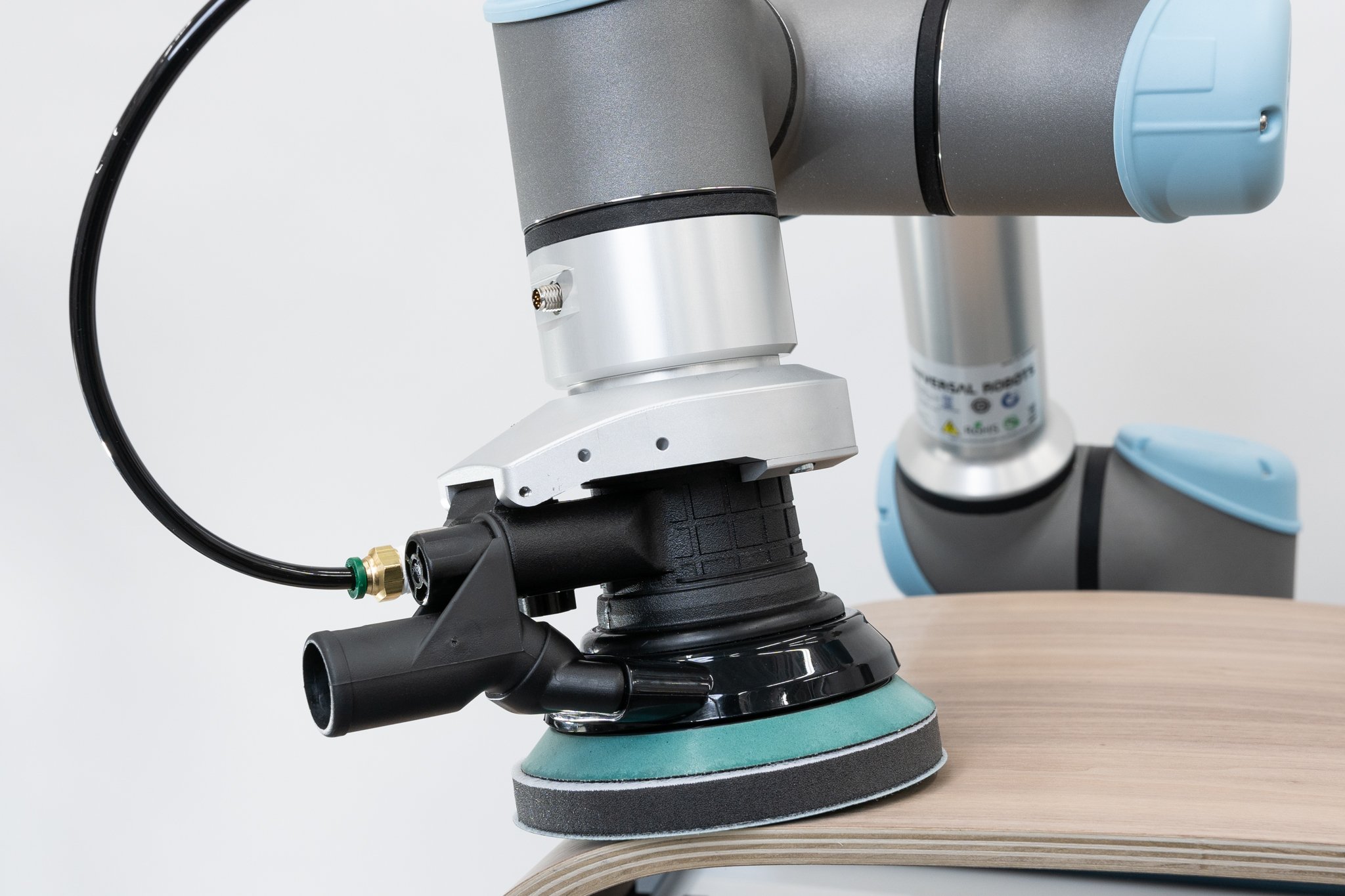Robots: the Next Big Thing? (part 1/2)

Posted on Nov 07, 2007 3:06 PM. 4 min read time

[Scientific American cover, January 2007]
In the January 2007 edition of Scientific American, Bill Gates wrote that we are at the dawn of the age of robots. Nostalgically and enthusiastically, he compares the current state of robotics with that of computers in the 1970s, predicting an explosion of commercial applications. Is he right? Is Robotics the Next Big Thing?
Well, that’s the impression I had coming out of RoboDevelopment last week. Everyone there foresaw the time when robots would become part of our surroundings. When and how? No one can say, exactly. After going through an era of industrial servitude, away from most humans, robots are poised to enter our homes and small businesses to work with us and help us. Here’s what some of the speakers had to say.
MICROSOFT
Who presented — Tandy Trower, head of Microsoft Robotics Group
What they do — Last year, the software giant launched Microsoft Robotics Studio (MSRS), a platform for programming and simulating robots. Microsoft knows what it means to set the standard and make a highly accessible program. It is free for individuals and very affordable for businesses. Microsoft is not the biggest kid on the block in robotics. Only 11 of their 76,000 employees were assigned to developing the first edition of MSRS. It has so far been downloaded 150,000 times.
What they think — The goal of their undertaking is to avoid having to start all over again every time a robot is programmed. They are betting that hardware and software manufacturers will flock to their platform to generate their products. For example, at the conference, Braintech Inc. introduced their visual recognition module, implemented in MSRS, to provide a Lego Mindstorm robot with ability. According to Microsoft, service robotics applications will progress as follows:
- Simple sensors (home and automobile)
- Simple, one-purpose systems (toys, vacuum cleaners)
- Mobile information and communication systems (iRobiQ, Huggable, Probo)
- Systems with nimble handling capability (anyBots, Willow Garage)
We are currently at level 2. Their scholarship program to fund student projects researching human-robot collaborative applications[J1] .
EVOLUTION ROBOTICS
Who presented — Paolo Pirjanian, CEO
What they do — Though Evolution Robotics don’t build robots, they're in robotics, with applications such as visual recognition, navigation and a robotic operating system. It was one of their applications that enabled the Aibo dogbot to recognize his master through a camera. They recently agreed with WowWee Toys to provide three levels of robots equipped with navigation systems for 2009.
What they think — Like the company name says… They say that we’re approaching an age of robotics more than of robots. They don’t liken it to the state of computers in the 1970s, rather, they see a parallel with general public electronics: we will see more items dedicated to one specific function than general-purpose robotic platforms, which are not conducive to low-cost products. Electronics must be streamlined and optimized. They consider that robotics will therefore wend its way into the general population via specific applications or functions. The give the Lexus, which can parallel park, as an example. Another example is toys using Evolution Robotics technology. These are clearly notrobots, but they do use robotics.
TROSSEN ROBOTICS
Who presented — Matt Trossen, CEO
What they do — Biggest online hobby robot retailer. They sell robot kits, toy and domestic robots and many robot parts.
What they think — His view of the evolution of robotics is:
- Turnkey shrink-wrapped solutions, (Pleo , iRobot, industrial robots)
- Ready-made solutions, robotics kits (roboSapiens, Lego Minstorm)
- Ready-made robotics platforms (PowerBot, Coroware)
- Component-based industry (they assemble a variety of sensors, actuators, manipulators with application-specific processors)
Trossen asserts that robotics needs standards, to describe a robot as much as to control it and have its various components inter-communicate. This is the only way we can build on the work of others and accelerate development. He believes in modularity. He gives today's computers as an example: you can put any card into a computer and it will work, many devices can simultaneously be plugged in via USB, etc. The hardware is distinct enough from the software for most programmers not have to worry about it. Trossen says the same can be achieved with robotics, namely that it can be brought to the point where programmers can take over and develop myriad applications. Programmers constitute the greatest pool of technical talents of our time.
Part two of this article on service robotics: CoroWare, RoboticsTrends and NASA give their views and look at major trends taking shape.








Leave a comment